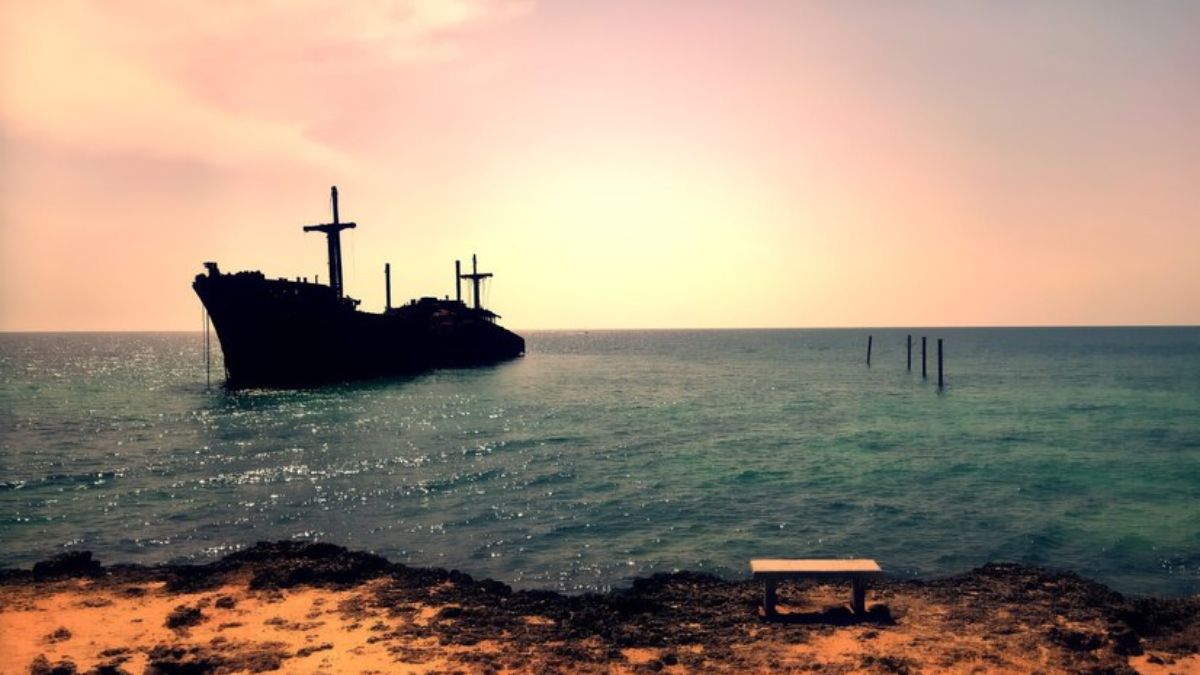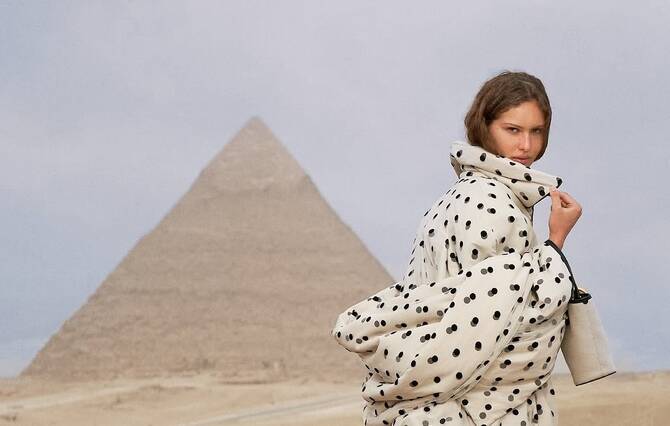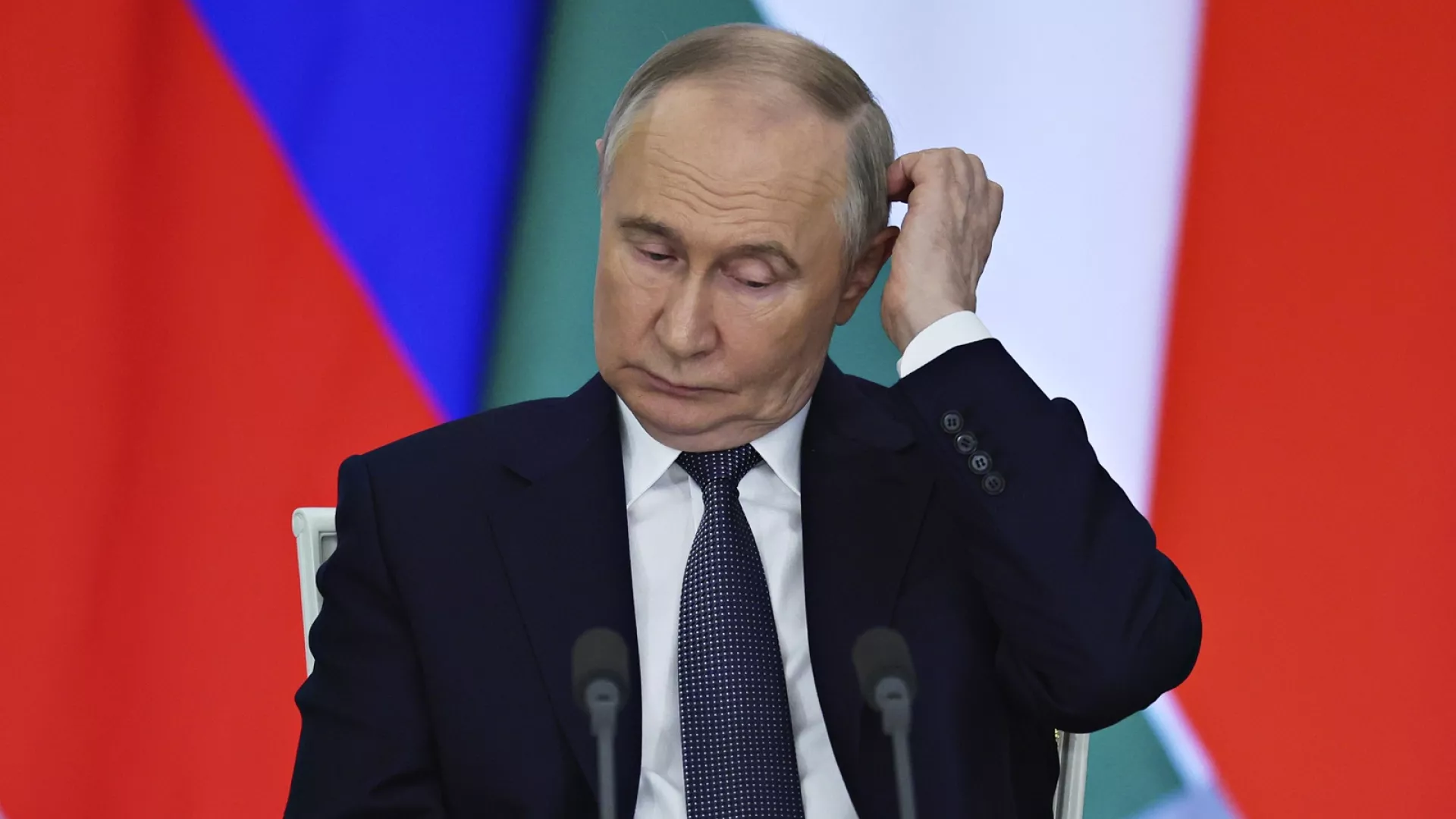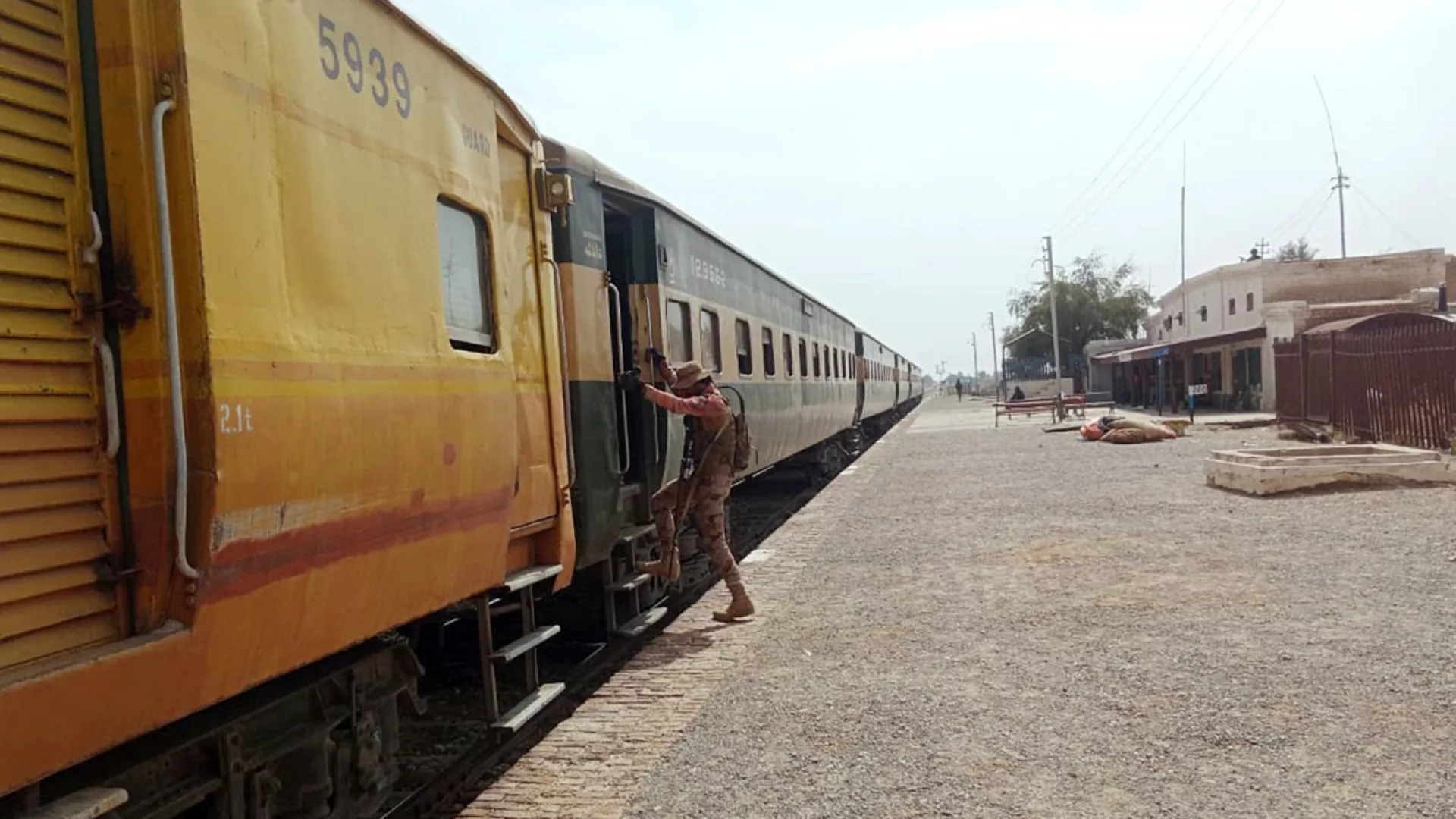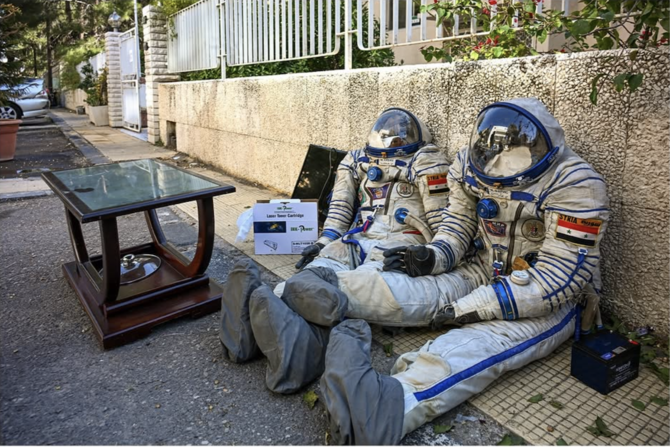When words transcend their literal meaning to become a vessel for culture, emotion, and identity, they take on a new life. “Omaha Seeya Wahyala” is one such phrase—a term rich with history, cultural nuance, and regional pride. Have you heard whispers of it on your linguistic explorations or stumbled upon it during travel? If not, you will begin a fascinating linguistic and cultural adventure.
This blog peels back the layers of “Omaha Seeya Wahyala,” revealing its origins, significance, and place in its regional context. Whether you’re a language enthusiast, a culture seeker, or a travel blogger on the hunt for a great story, you’ll find something here to inspire your curiosity.
The Origins of Omaha Seeya Wahyala
Every great story begins with history, and the tale of “Omaha Seeya Wahyala” is no exception. To understand the term, one must travel back in time to its roots. The phrase has its origins in [specific regional or linguistic background—customize if more details exist], blending the unique linguistic structure of its native tongue with the nuanced cultural expressions of the people who speak it.
Linguists speculate that “Omaha Seeya Wahyala” borrows from ancient traditions, serving as both a practical phrase and a symbolic expression of communal values. Its use has evolved, yet it remains an important touchstone of regional identity. Curious already? There’s more.
Linguistic Anatomy of Omaha Seeya Wahyala
Breaking down the phrase, “Omaha Seeya Wahyala” reveals the linguistic sophistication embedded in its syllables.
- Omaha often conveys [meaning of this component if known], acting as a base for the phrase.
- Seeya may signify [interpretation of segment], adding depth or context.
- Wahyala rounds it off with a flourish, embodying a sentiment tied to [interpretation, e.g., hope, community, or strength].
Together, these elements communicate more than just words—they encapsulate an idea or feeling unique to the culture behind them. Language enthusiasts revel in such breakdowns because they reflect how human expression is shaped by both history and community.
The Cultural Echoes of Omaha Seeya Wahyala
Culture lives in language, and “Omaha Seeya Wahyala” is no exception. For the communities that use it, this phrase represents something deeply personal. It might be uttered during a ceremony, passed down between generations, or woven into songs that echo through mountain ranges or vibrate across open plains.
How do locals use it in their day-to-day lives? Often, the phrase carries layered meanings, perhaps invoking emotion in one context and providing instruction in another. To outsiders, it may sound mysterious, but to the people of its origin, “Omaha Seeya Wahyala” is a bridge to their ancestors and a symbol of everything that makes their culture distinct.
Mapping Omaha Seeya Wahyala
Where does “Omaha Seeya Wahyala” echo the loudest? The geographical heartbeat of this term often runs through [specific region or location connected to the phrase]. Whether used in bustling marketplaces or serene rural hamlets, the phrase ties its speakers to a shared cultural landscape, solidifying their connection to both the land and one another.
For travel bloggers, visiting this area isn’t just about capturing scenic vistas—it’s about immersing yourself in a living, breathing cultural lexicon. Observing locals’ use of “Omaha Seeya Wahyala” adds a richer layer of understanding to your travels, something a photograph can only begin to capture.
The Anecdotal Charm of Omaha Seeya Wahyala
What keeps “Omaha Seeya Wahyala” so captivating isn’t just its historical or linguistic value. It’s the personal stories tied to it. Travelers often recount hearing it sung under the golden light of a festival or spoken with warmth by elders who insist that it holds the wisdom of their forebears.
Imagine sitting with a local guide who tells you, “When you say Omaha Seeya Wahyala to someone here, you’re saying [emotional or cultural value].” That moment solidifies the human connection behind language—a connection that bridges worlds.
The Future of Omaha Seeya Wahyala
Language is not a static entity; it evolves alongside the people who use it. The same is true for “Omaha Seeya Wahyala.” While it remains steadfast in tradition, modern influences, and younger generations are bound to reshape its meaning. Will it retain its full cultural weight, or will it become a casual saying, popping up in modern pop culture? Only time will tell.
What matters most is that such phrases continue to be valued and preserved, ensuring that future generations have access to their linguistic heritage.
Preserving Cultural Heritage
The Importance of Language in Identity
Language serves as the heartbeat of a culture, a crucial thread weaving together generations and their shared history. It carries stories, customs, and values that form a group’s identity. Without it, the essence of a community can fade, leaving behind only fragments of its traditions.
Challenges to Preservation
Modernization and globalization pose significant threats to the preservation of languages and cultural practices. Younger generations often face barriers to learning ancestral languages, such as a lack of access to resources or diminished usage in daily life. Over time, this can lead to the erosion of cultural ties.
Ways to Protect Linguistic Heritage
Education and active engagement are powerful tools to safeguard native languages. Community-led initiatives like language classes, storytelling events, and digital archiving can breathe new life into endangered traditions. By integrating these practices into modern contexts, a balance between tradition and progress can be achieved.
Looking Forward with Hope
Though the challenges are daunting, the revival of endangered languages around the world offers hope. With dedication and creative approaches, it is possible to ensure that linguistic treasures like “Omaha Seeya Wahyala” not only survive but thrive, enriching the cultural tapestry for generations to come.
Why Linguistic Exploration Matters
“Omaha Seeya Wahyala” is more than just an intriguing phrase—it’s a reminder of the beauty of human expression. Appreciating such linguistic nuances enriches our understanding of the world and fosters greater empathy and connection.
Have you encountered a phrase that stopped you in your tracks? A turn of phrase you can’t shake from your memory? Share it below or join the conversation about the beauty of language. And if you find yourself inspired, explore regions where “Omaha Seeya Wahyala” is spoken. Engage with the locals, learn the stories, and experience firsthand the magic of their words.
The world is vast, but language has a unique way of bringing us closer together.
FAQs
What does “Omaha Seeya Wahyala” mean?
The phrase is rooted in a rich linguistic tradition and often carries profound meanings unique to the culture it originates from. It is best understood within its cultural context, so engaging with native speakers is highly encouraged.
How can I start exploring new languages?
Begin by immersing yourself in the language through apps, books, or simple conversations with native speakers. Watching movies or listening to music in the language can also help you pick up common phrases and expressions while getting a feel for the culture.
Why is language exploration important?
Learning a new language opens doors to understanding different cultures, perspectives, and ways of thinking. It fosters empathy, bridges cultural gaps, and enhances communication in our increasingly interconnected world.
How can I support preserving endangered languages?
Get involved by learning a few phrases or supporting organizations working to document and revitalize these languages. You can also spread awareness or participate in events dedicated to linguistic preservation.
Have more questions? Feel free to share them, and we’ll explore the answers together. Language is an adventure worth taking!

